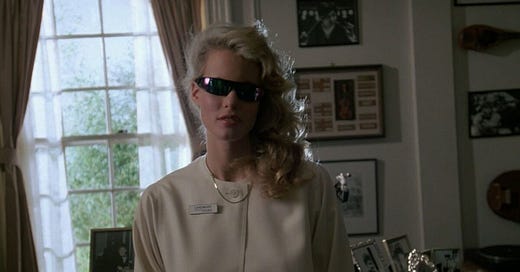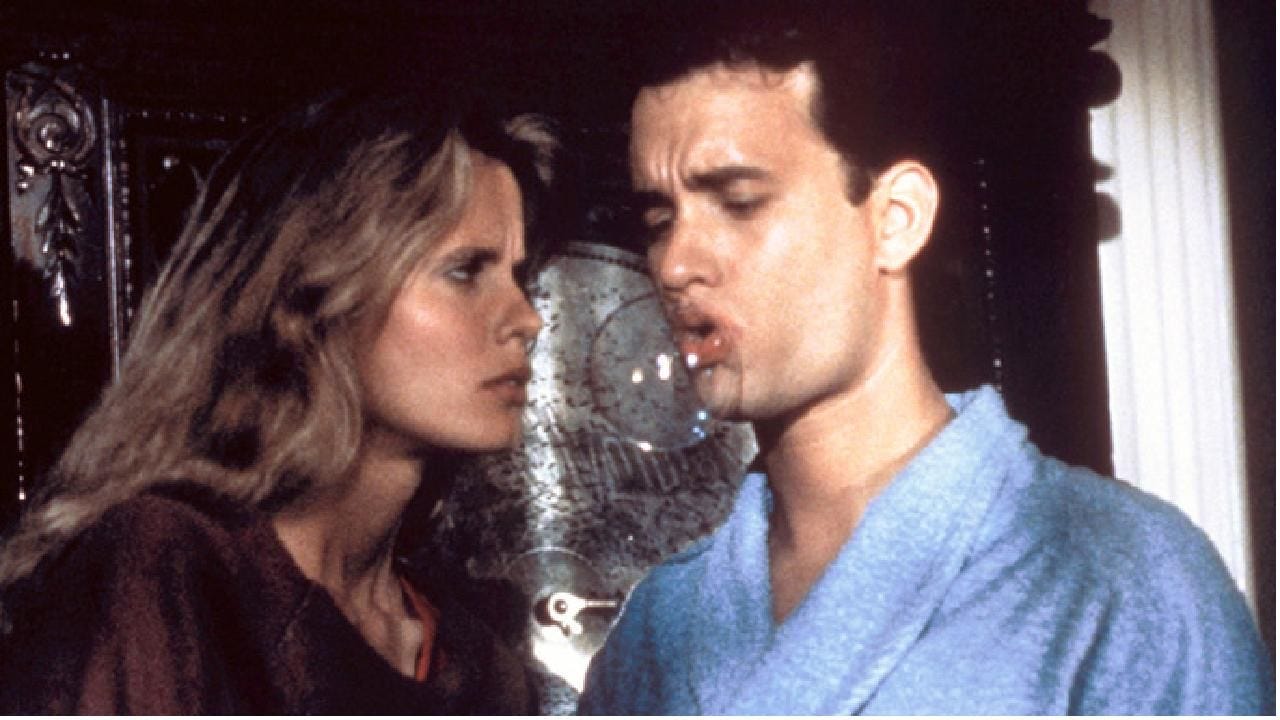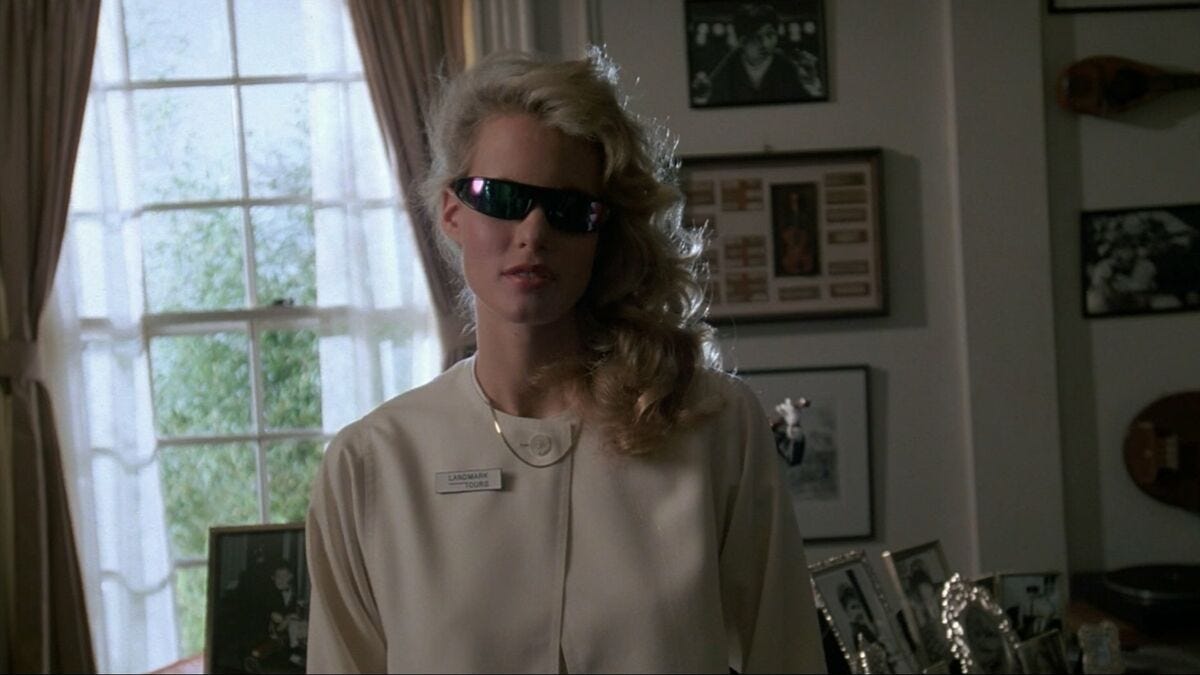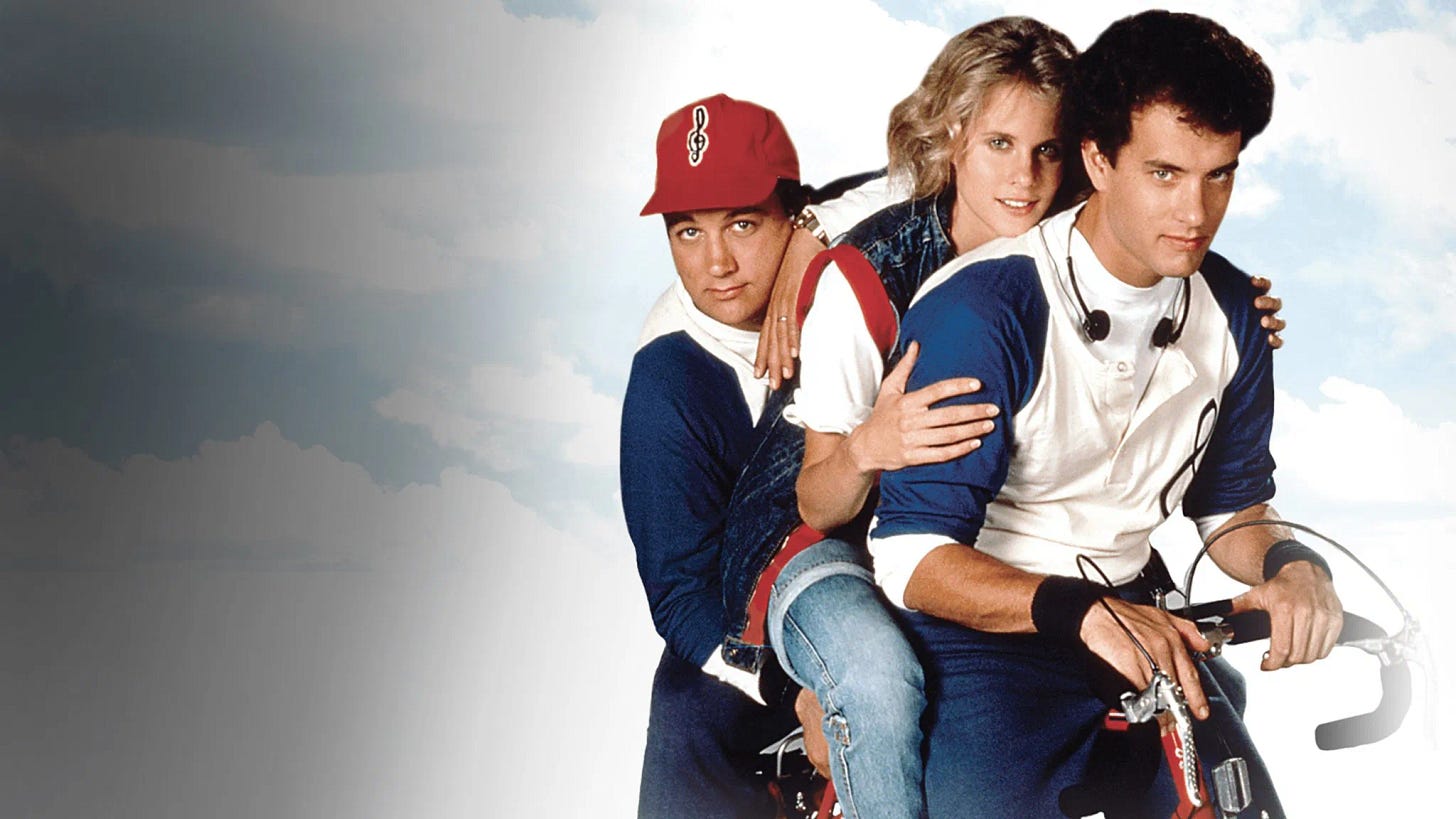The Man with One Red Shoe: Hanks a lot
"What are the odds of the Russians attacking on a Thursday night?!?"
Last time, we covered John F. Kennedy and the intrigue that still surrounds his death. Heady stuff, for sure – although apparently not as absorbing as the Jeffrey Epstein case, but that’s for another blog, not this one.
So, let’s take a break, relax, grab a floatie for the pool and talk about Tom Hanks, who, like Kennedy, has become an American icon in his own way.
Pish posh, you say? (Did you really say “pish posh?”) Well, let me suggest this: Tom Hanks may be the greatest American actor in history.
And when I say that, I don’t mean in terms of stage chops. I mean, in terms of career. You can argue that the guy who first became known for wearing women’s clothing and then having sex with a mermaid carries the best resume in the annals of Hollywood. He’s the GOAT, the Tom Brady of cinema.
It has also been one of the oddest careers in film history, one that features an almost 180-degree turn. Very few actors have been able to straddle the line from comedy to drama, from zany to intense like Hanks has. Two who come to mind are, of course, James Stewart, to whom Hanks is often compared, and, in his own way, Hanks’ contemporary, Michael Keaton.
Believe me when I say, no one thought Hanks had it in him. I go all the way back to “Bosom Buddies”—the ABC situation comedy where he starred as a man living in an all-women apartment building (and inspired by Some Like It Hot, which makes sense because another actor with a similar career arc to Hanks is Jack Lemmon). It was a diverting enough show, better than it had a right to be—mainly because of Hanks — but it was canceled after two seasons and that really could have been the end of it right there.
Connections to Ron Howard landed Hanks the feature role in Splash – the mermaid movie – and he took off. His filmography in the 80s, however, was uneven: For every Big, there was a The Burbs or Joe Versus the Volcano or Turner and Hooch.1 Hanks was getting typecast as the overgrown man-child, a role that most comedians not named Jerry Lewis or Adam Sandler age out of.
Then he started to break through: Sleepless in Seattle and A League of Their Own showed that he could do adult romantic comedy and handle a strong character role. Then he took the largest leap of faith in his career, snagging the starring role in the drama Philadelphia and taking the Oscar.
You know the rest: Hanks became America’s stalwart Everyman, jogging through the ages in Forrest Gump, staying steady in Apollo 13, rescuing Private Ryan and figuring his way off the island in Cast Away. It wasn’t because he’s a brilliant actor – although he is underrated – but because he was able to channel a certain decency and modesty that made him ideal for those pictures. Like with most screen legends, it never quite feels like he’s trying; it seems natural. There are no histrionics, few look-at-me roles.
In the last two decades or so, Hanks transitioned from film star to overall National Good Guy, guiding us through COVID, serving as an advocate for veterans and buying the White House press corps a couple of coffee machines. (We appreciate it, Tom.) And he continues to work. A lot. He’s not the draw he used to be, but he makes solid films and occasionally exceptional ones such as Captain Phillips and Bridge of Spies. (I recommend Greyhound on Apple TV but can’t speak to his robot movie on the same plaform. Nobody should make a robot movie; it’s a corollary of the Chimp Rule.2) He still takes chances, as illustrated by his roles in Elvis and Cloud Atlas.
He has what all great film stars have: watchability. Their presence automatically elevates the material. He projects capability but not invulnerability. You feel for his characters when they face challenges and cheer when they overcome them. The stature is a little slight, the voice a bit high. This is the fourth time I have featured a movie with Hanks on Nuclear Theater (Charlie Wilson’s War, Bridge of Spies and Asteroid City and now this) and I expect is I’ll do my personal fave, Apollo 13. Part of it is that generationally, Hanks was a Cold War kid and gravitates to roles and projects connected to that era, including his documentary work on the space program. He just fits.
Hanks’ films have grossed more than $13 billion worldwide, but for this entry I have picked his least-successful comedy of all ($8.6m gross), a long-forgotten film from 1985 when he was still finding his sea legs. Hanks himself probably never thinks about it. But hey, some films you see at a certain age, and they just stay with you.
The Man with One Red Shoe shows again how difficult it is to do farce. And it’s exceptionally tough when it comes to spycraft. Farce requires a chuffed sense of self-importance that the George Smiley-types lack. That’s why Dr. Strangelove works so well: the characters in that film took their ridiculous jobs so seriously. But in 1985, we were taking the Soviets seriously. There didn’t seem to be much room for comedy when we had Rambo and Chuck Norris out there fighting the Commies.3 The movie it most resembles is the Coens’ Burn After Reading, which has a bit more bite.
Red Shoe was remade from a 70s French film and that explains its tonal oddities; with its off-beat rhythms and exaggerated situations, it doesn’t quite feel like an American movie despite being filmed on location in D.C. It’s more like a cinematic version of “Spy Vs. Spy” from MAD magazine. The French have a natural feel and affinity for farce that Americans, who tend to be more literal, do not.
Hanks is a violinist with the Washington Symphony who becomes a patsy in an internal CIA turf war between Charles Durning and Dabney Coleman. Durning seeks to make Coleman’s team believe Hanks has vital information for a Senate committee in order to expose Coleman’s underhanded tactics. Meanwhile, Hanks falls for one of Coleman’s agents, the statuesque Maddie (Lori Singer), who goes about trying to seduce him for information.
What follows is a series of goofy misunderstandings that result in the spies on each side getting shot, having their teeth removed, crashing through windows and getting trapped in sewers, all while our protagonist, Hanks, is blissfully ignorant of the threat to his life. There is a very good running gag stemming from Hanks having his entire apartment taken apart and then put back together in haphazard fashion – shampoo comes out of toothpaste tube, etc. But most of it is tame stuff.
It does, however, feature two genuine 80s female icons in Lori Singer and Carrie Fisher. Singer, you might recall, was the Girl in Footloose who wasn’t permitted to dance and straddled the two pickup trucks on the highway. In this movie, she wears wraparound shades and is styled like Dale Bozzio of the band Missing Persons or a woman from a Nagel print. Fisher, of course, was our reigning Princess, just a few years after Return of the Jedi. She shows up here in a set of leopard-print lingerie that put her famous metal bikini in Jedi to shame. It was a lot for this boy to handle.
In fact, there was a surprising amount of firepower in this modest little film. Hanks was coming off of Splash.4 Coleman was in just every big movie in the early 80s and both he and Durning had roles in the smash Tootsie. Fisher was already a legend to teens everywhere. You even had the likes of Jim Belushi on hand for broad comedy. (We can’t seem to escape him here.) I’m convinced Coleman got the part because of his resemblance to G. Gordon Liddy, and you can’t convince me otherwise. “I haven’t felt this good since I overthrew the government of Chile,” he says at one point.
The movie works best as a time capsule of the Georgetown of the period, the same neighborhood “immortalized” in St. Elmo’s Fire. The shots of the streets are instantly recognizable. Hanks bikes around town listening to a Walkman. There’s a softball game at the old fields by the Potomac. I didn’t live here at the time, but the movie makes me feel nostalgic regardless. Maybe because Young Me was hoping to move here one day. Mission accomplished! Now I just wish I had Hanks’ spacious Georgetown digs.
WHERE CAN I WATCH IT: Streamable on Amazon, Fandango, etc. Or you can be like me and buy a digital copy for $5. (Don’t be like me.)
HEY ISN’T THAT: This movie is packed with “that guys” but for me its Gerrit Graham, probably best known for playing the superstitious pal of Kurt Russell in Used Cars. And if you don’t know what I am talking about, it’s your loss. There’s also David Lander, who played Squiggy on “Laverne & Shirley” and Tom Noonan, who would play the Tooth Fairy in the thriller Manhunter.
ARMAGEDDON INDEX: (0/10): Le Carre-style bureaucratic in-fighting, done with a light touch.
DUST CLOUDS: In real life, Lori Singer was a musical prodigy, a cellist who was accepted into Julliard at 13. Then she became a model – and finally an actress. Oddly in this movie, it’s Hanks’ character who plays for the symphony, not hers.
TOP OF THE POPS: The No. 1 song in America according to Billboard was “A View to a Kill” by Duran Duran, which would have been pretty fitting for this film if it hadn’t served as the opener for a (bad) James Bond one.
WHAT ELSE I’M WATCHING: TV: Dept. Q (S1, Netflix), Stick (S1, Apple), The Bear (S4, Hulu); Movies: The Best Man (Schaffner, 1964).
OVERLOOKED HANKS PERFORMANCES
1. That Thing You Do (1996) This was a Hanks passion project in which he plays the manager of a pop band in the early 1960s that quickly succumbs to the pressures of fame.
2. Road to Perdition (2002) He plays a moody, mournful hit man in the Depression-era in a gorgeous, layered film.
3. News of the World (2020) He’s quietly convincing in one of the few times Hanks has tried a Western.
4. You’ve Got Mail (1998) For somehow convincing Meg Ryan’s indie bookstore owner to fall for him despite the fact he represents everything she despises. (I kid, but not really.)
5. Bachelor Party (1984) C’mon, just go with it!
Honorable mention: Nothing in Common (1986), A Hologram for the King (2016).
LAST ENTRY: JFK (1991)
NEXT ENTRY: Good Night and Good Luck (2005)
This is the “Cop Tom Hanks has a dog for a partner” movie. Advisory: Do NOT let your young kids watch it. Unless you want to pick up the emotional pieces for a few days.
The Chimp Rule is simple: Do not make any movie where a monkey is a co-star. It will end badly.
That didn’t stop films like Spies Like Us and The Experts from being made, but they weren’t any good either.
“Where are you going, Mr. Fat Jack?”
“I’ll be back with the little boat.”
“The LITTLE BOAT?”









Love "Used Cars" - but no recognition of the name Gerrit Graham
I quote The Money Pit all the time. "Ahhh....Home crap home."